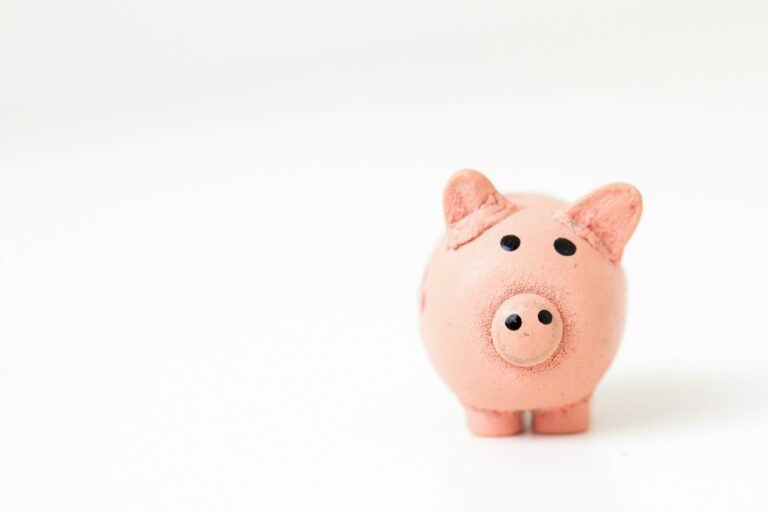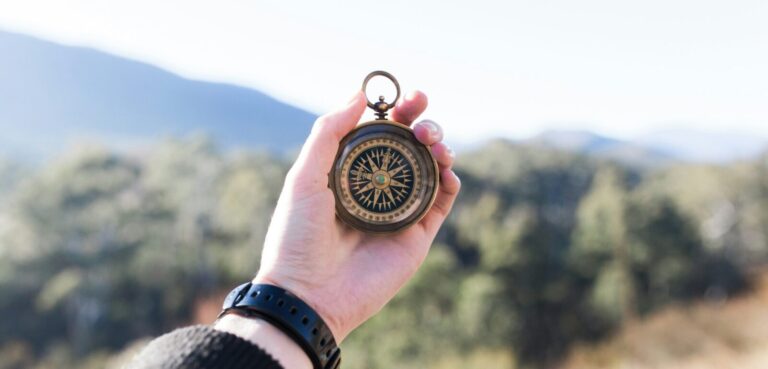How investing in quality makes a difference
When it comes to the important things in life it’s often worth spending more on that first purchase or, at the very least, doing a little research pre-purchase. Here are three simple thoughts to keep front-of-mind when thinking about the long-term cost implications of that next spend.
For things like shoes, beds, and coats, this ‘buy once, buy well’ approach is common sense. After all, you spend a lot of time using these items and poorly made products affect everyday comfort – which can negatively impact overall quality of life.
This is especially true if the items need to be continually replaced, which wastes money in the long run and causes logistical hassles.
1. Search out quality.
Bargains are everywhere. Good quality, less so. A Google search for just about any item will bring up the usual suspects (and many of these brands are, in fact, suspect). E-commerce companies have flooded online search engines with their high advertising budgets and cut-price, cut-quality goods.
Where do you look for true lifelong quality?
One trusted source is Consumer, which goes to great lengths to deep dive into the benefits and necessities of a good product. Whether it’s decent school shoes or a washing machine that won’t leave you spinning, they have articles on just about any item you may need. If buying well is important to you, a subscription may come in handy to access the full range of advice on offer here.
Many other magazines provide articles on trusted brands and items that are worth investing in, such as this roundup in the gear category of Wired. Buying Guides such as The Verge’s ‘This is my next’ section are also well worth looking into with their generally unbiased reviews of new products.
If crowd-sourced advice is more your bag, social news website Reddit has a well subscribed ‘Buy it for life’ thread where users post and enquire about items that have lasted the distance. This can be a great way to find out what brands are trusted by real people – and which have not lived up to their claims on longevity.
2. Stay up to date.
There are some key items in life that are worth spending money on.
A decent kitchen knife is one that many will agree on, whether they are culinarily inclined or not. Laptops that won’t have your cursing at your desk are a must for many too. Keen travellers will want to invest in a hardy, good sized travel bag for easy navigation of airports and hotels. For all these purchases there are some brands that were trusted by the previous generation and are now trusted by the current one.
But sometimes the reputation of a brand outlives the reality of what is on offer. For example, when it comes to footwear Dr Martens has a name for itself as a lifetime brand. However, recently there have been claims that their footwear isn’t lasting like it used to. This could be due to a recent change in their manufacturing location, with the famed British brand moving its factories to China.
The moral of this story is that it is always important to do your research. Brands change (sometimes for the worse) and new brands can emerge that beat your old favourites on quality. Keeping up-to-date and taking the time to read up before you shell out could be well worth the effort.
3. Cut back on waste.
As Terry Pratchett’s well known Boots Theory proclaims, it is easier to buy for life if you have the money to invest in quality in the first place. However, if money is an object, why not dip into the second-hand market? Someone else’s investment in quality may well be your bargain buy – and you will be doing the Earth a favour too.
Trademe or Marketplace, if you can avoid the scammers, can be good avenues to decent quality, second hand goods such as sports and outdoor gear. Often the reason for selling is simply a lack of use or a change in lifestyle, meaning you can pick up little-used gear at a reasonable price. Op shops are also an ever-changing source of used items, as well as being a good way to give back to charities in your community.
While those cheap boots can be tempting, try to look beyond the price tag and imagine where they will be in a few months’ time. If the honest answer is ‘in the bin’, it might be time to rethink your decision.




